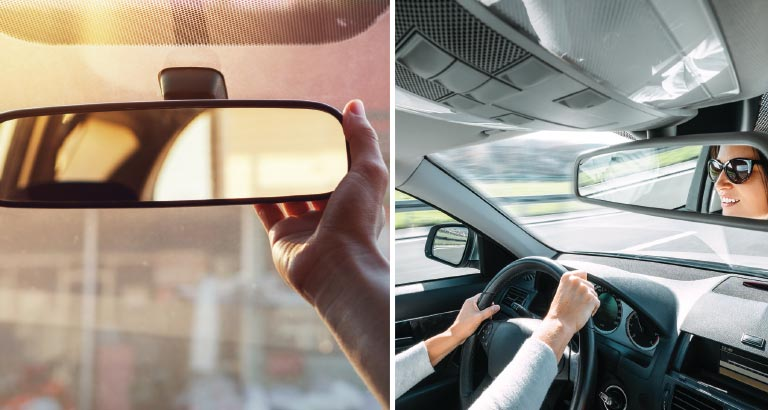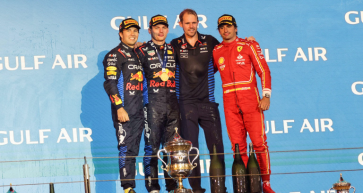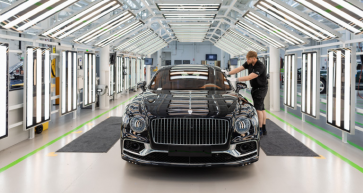
I have been travelling quite a lot recently, planes, trains and automobiles – OK, forget the train – not travelled on a train for ages. Planes and automobiles? Oh yes, plenty of those!
On a recent flight back from Blighty, I realised one of the disadvantages of regular air travel was exhausting the movie selection quite early on into the month. Browsing the documentaries then, I happened upon Lauda – in a nutshell-brilliantly put together and a must see. As expected, the primary focus of the documentary was the horrific crash of Niki Lauda's Ferrari at the 1976 German Grand Prix at the Nürburgring, leaving him close to death and with permanent scarring to his face from the burns he sustained. No surprises that safety – or rather the lack thereof – within the sport prior to the incident was a major contributor to the accident. Of further interest to me is what has happened to improve racing safety since then. Of course, car racing is all about speed and power, and it goes without saying, therefore, that safety has had to keep up with the pace. When car racing has design breakthroughs, it is almost always applicable in some form to mass-produced cars that us ordinary folk drive.
The most important piece of safety technology is actually an invisible one. All race cars are built around a structure that protects the driver. In open wheel racing, such as Formula One, the car's body is made of strong carbon fibre designed to protect the driver in the event of an impact. In NASCAR and drag racing, a roll cage protects the driver through a system of steel tubes, which absorbs impact rather than the driver. The same principal goes into production car safety cages. Us regular drivers have these safety cages tucked away beneath carpets, headliner material, door trim and other interior features not, to my knowledge anyway, usually found in race cars.
.jpg) Another safety feature developed from the racing car for ordinary vehicles are fuel tank anti-combustion liners and flame-retardant materials. A more amusing component all cars have, but you probably didn’t know has a race pedigree, is the humble rear-view mirror. In the early 1900s, the racing drivers, example Mr Fangio, had to keep looking back to see where their competition was. Hey presto, rear view mirrors came about. Now, I’m not finished with the transition of racing safety features into ordinary cars – more on that in next month’s issue – but as I researched this article, I was particularly struck by the reaction some of the race drivers, including Lauda himself, had on the escalation of safety measures in car racing. Allegedly, because he’ll most likely be reading this article, in an interview with CNN, Lauda claimed that one of the reasons we watch car racing is for “a bit of danger”. He also opined that if the sole focus of car racing was “…only to think of making it 110 per cent about the safety issues...”, it would “destroy Formula One”. An interesting statement I thought. To be continued next month.
Another safety feature developed from the racing car for ordinary vehicles are fuel tank anti-combustion liners and flame-retardant materials. A more amusing component all cars have, but you probably didn’t know has a race pedigree, is the humble rear-view mirror. In the early 1900s, the racing drivers, example Mr Fangio, had to keep looking back to see where their competition was. Hey presto, rear view mirrors came about. Now, I’m not finished with the transition of racing safety features into ordinary cars – more on that in next month’s issue – but as I researched this article, I was particularly struck by the reaction some of the race drivers, including Lauda himself, had on the escalation of safety measures in car racing. Allegedly, because he’ll most likely be reading this article, in an interview with CNN, Lauda claimed that one of the reasons we watch car racing is for “a bit of danger”. He also opined that if the sole focus of car racing was “…only to think of making it 110 per cent about the safety issues...”, it would “destroy Formula One”. An interesting statement I thought. To be continued next month.
Happy and safe driving all!



